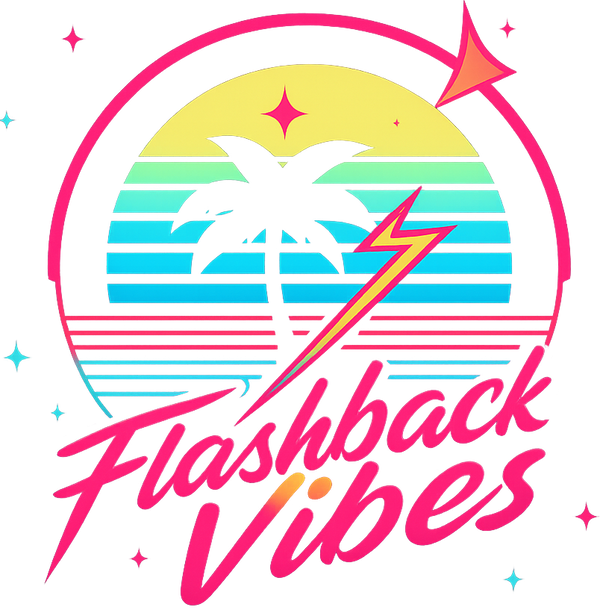The Rise of Cinema in the 1920s: Silent Films and Stars
Title: "Of Silver Screens and Flickering Stars: The Roaring '20s and The Silent Cinema"
I. Introduction
Relive the roaring 1920s as we dive nostalgically into the birth of modern cinema—the era of silent films, slapstick comedy, stoic Cowboys, and enchanting flapper girls. Think Grand orgue-de-cinéma setting the tone for emotions in a movie theatre, the flashing lights of Art Deco marquees, the hypnotic spinning wheels of film projectors, and the enchanting glamour portrayed by actors on screen, who were gradually transforming into society’s first movie stars. This article invites you on an old-timey journey back to when cinema was an innovative spectacle, captivating audiences with the sheer magic of visual storytelling.
II. Background Information
The 1920s film industry was a complex reaction to technological advancement, WWI aftermath, and the sweeping changes in social dynamics. Films, devoid of synchronized dialogue ("talkies"), were a universal entertainment medium, crossing socio-cultural and lingual barriers, a true testament to the adage that actions speak louder than words.
The silent era was dominated by figures like Charlie Chaplin, whose iconic character, "The Tramp," remains a symbol of cinema, and actresses like Mary Pickford and Clara Bow, who defined the decade's glamour. These pioneers set the foundation for a cinematographic revolution, influencing film narratives, acting styles, and aesthetic conventions that resonate in modern cinema.
III. Key Features & Nostalgic Impact
Imagine a packed theatre erupting with laughter during a Buster Keaton performance or shedding tears for Pickford's innocent portrayals. The essence of silent films was in their simplicity and expressive performances, which required exaggerated body language and affected facial expressions.
These films evoke nostalgia for our collective innocence, when a trip to the cinema was a community event, and the flickering black and white images meant a magnificent encounter with untouched movie magic. The enduring impact of silent films is felt today as these early elements of cinema still permeate modern filmmaking and storytelling.
IV. How to Incorporate Retro Trends into Modern Life
Want to incorporate the glamour of the 1920s into your life? Try adopting the fashion sense of the silent era stars—Mary Pickford’s intricate flapper hairstyles or Rudolph Valentino’s sleek suits. You can also add a touch of vintage charm to your home interior with Art Deco elements.
Many films of that era have been preserved and are available through online platforms. Watching these films can add a dash of classic elegance to your modern media consumption. For authentic film memorabilia, check out local antique stores or online auction sites.
V. Tips & Fun Facts
Did you know that Charlie Chaplin once entered a "Charlie Chaplin look-alike" contest and didn't even make it to the finals? Vivacious incidents like these kept the silent era exciting. Many of us share personal emotional bonds with those times - silent films that made us laugh, cry, and believe in the magic of cinema.
VI. Conclusion
From the historical glamour of Chaplin to the enduring influence of silent film narratives, the 1920s was an era where cinema began to transform the cultural landscape. So next time you're watching a film, remember the silent stars and evocative narratives that paved the way for modern cinema. Why not channel your inner retro chic and let us know in the comments below which silent film or star is your favorite!
Meta Description: Step back into the glamour of the 1920s with the rise of silent cinema and its impact on modern film, pop culture, and fashion. Discover retro trends for a vintage aesthetic!
